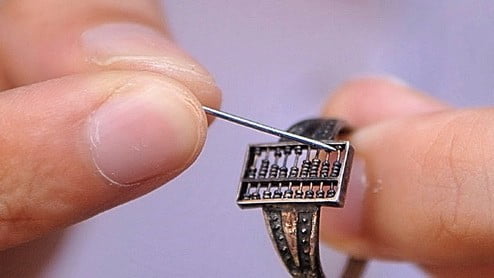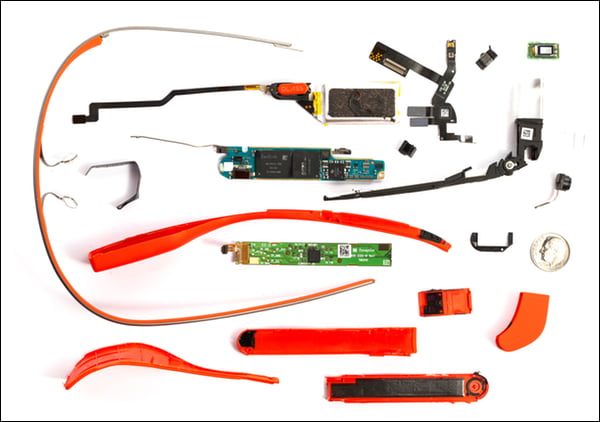Wearables started when?
The buzz technology of the past 18 months has been Wearables which is short for Wearable Technology. So when exactly did Wearable Technology begin? Like most overnight successes, it started a long time ago. Below is an infographic from http://www.visualcapitalist.com/the-history-of-wearable-technology/ that is an excellent overview of the topic, with some notable exceptions I will address after you peruse it. I selected it because it covers right up to this moment.
They got eyeglasses right but missed the other most successful wearable device of all time, the wristwatch. The first true wristwatch was made for the Queen of Naples in 1810 although arm watches date back to 1571. Neither were widely used because the mechanisms were prone to jamming and sensitive to ingress and so needed to be protected. So pocket watches and pendant watches dominated the scene. It wasn’t until the 1880s that artillery officers found it awkward to hold the watch and do their aiming and started strapping them to their wrists. This gave them visibility of the time when they needed without occupying one of their hands. The trend took off and by the early 1900s watch designs were modified to suit attachment to the wrist via a strap using lugs on the case. The age of the wristwatch was upon us.
So by this period, eye glasses if you needed them, and wristwatches or pocket watches, were widely adopted.
Wearable Computing Devices
So when were the first Wearable Computing devices? If you paid careful attention to the infographic, you might have noticed the Abacus Ring. Dated in the early 1600s this was definitely a computing device, just not an electronic one. It was a great aid to merchants of the day.
The first wearable electronics computing device to be widely sold was the Casio Calculator Watch which was released in the mid-1970s. Take up of portable music players and headsets were a bigger trend kicked off by the Sony Walkman at the end of that same decade.
It wasn’t until Bluetooth headsets emerged in the early 2000s that we had another mass adoption of Wearable Technology followed by the explosion of MP3 players and Apple’s massively successful iPod range.
Sports trackers start emerging from 2006 but it isn’t until Fitbit finally got their product into production that they really take off from 2009 onward. Fitbit almost didn’t make it commercially because the technology was really hard to make work and even harder to make. Today they have 70% of the activity tracker market but there are a plenty of new players now they have proven the market potential.
And wearable computers got a huge lift with the Google Glass project kicking off in 2012. It raised a plethora of issues, not the least of which was privacy. Although the product was discontinued by Google in January 2015, it took the debate on augmented reality and its issues forward.
The Year of the Wearable
Which brings us to 2014: declared the “Year of the Wearable”. Samsung’s Galaxy Gear wrist communications device from late 2013 had finally eclipsed Dick Tracey and the wrist communicator of the 1930s cartoon series. The explosion of product offerings has continued into 2015 with the much anticipated Apple Watch now released. And a whole new host of communications support accessories. Another growth area is pet management. As the technology gets more accessible to smaller companies we can expect this to continue covering the full range of possible options including:
- Augmented reality
- Medical monitoring and health support
- Activity and lifestyle management
- Pet management
- Home automation
- Communications and communications support
- Computing devices of all types
There really isn’t an end to where this can go. It is up to companies to deliver real value to end users in order to define the bounds of what makes commercial sense. The technology is still hard to do but as more products get to market, more companies learn the techniques needed to be successful at super low power worn devices and the whole application area continues to progress.
Successful Endeavours specialise in Electronics Design and Embedded Software Development, focusing on products that are intended to be Made In Australia. Ray Keefe has developed market leading electronics products in Australia for more than 30 years. This post is Copyright © 2016 Successful Endeavours Pty Ltd.






